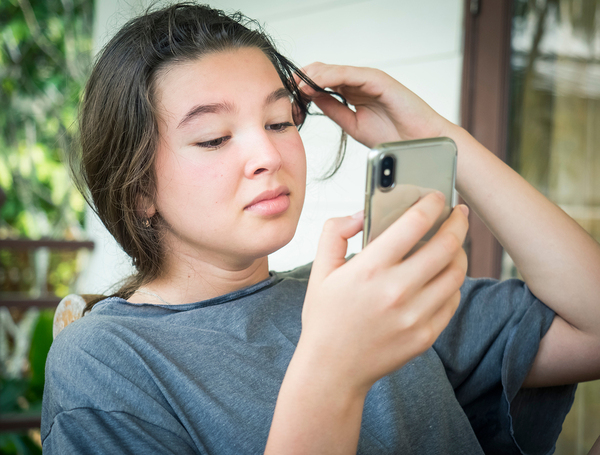If you want to know what your teenager is up to, their phone might be the best place to find clues. After all, a large portion of a teen’s social life takes place via text, social media apps, and instant messaging apps. Teens also document much of what they do in pictures, and those pictures are often saved on smartphones and shared via smartphones.
But if your teen is worried that you might discover behavior that you wouldn’t approve of by looking at their phone, they’re not going to leave the evidence out in the open. Take a look at some of the ways that teens hide illicit material on their phones, and how you can find it.
What Are Vault Apps?
Vault apps are designed to hide and protect information and data that the phone’s owner doesn’t want to be seen. These apps can store pictures, videos, files, contacts, messages, and even other apps. Apps like Keepsafe and Vault require the user to create a PIN or password. Afterward, the material inside can only be accessed by someone who knows the pin or password.
Some vault apps allow users to go to even greater lengths to protect their secrets. For example, your teen may be able to set the app to take a picture of anyone who tries to enter an incorrect PIN. Some apps may offer private browsers that purportedly allow users to protect their web search history.
What About Hidden Apps?
An ordinary vault app might hide items that your teen doesn’t want you to see, but it’s also a dead giveaway that they have something to hide. However, a teen doesn’t necessarily have to rely on vault apps that advertise their purpose. Some vault apps themselves can be hidden – meaning either that they don’t show up at all on the mobile desktop, or that they do show up, but disguised as something else.
An example is an app designed to look like a calculator. At a glance, it appears to be nothing more than a calculator app – the kind of app that might come pre-installed on the phone or that a teen might download for doing their math homework. It even functions as a calculator, so someone who picked it the phone up and opened the app could use it and never realize that it was really a vault app – unless they put in the user’s PIN. Then the app would reveal the hidden files inside.
What Parents Can Do

If you’re a parent, you need to know which apps your children are downloading. One way to do this is to set up your teen’s phone or other device so that they need parental approval before downloading any app. This way, you’ll receive a notification when your child tries to download a new app and you’ll be able to look into it before approving or denying it. You can also find a list of apps your teen has installed, including hidden apps, by going into their device settings and pulling up a list of installed apps.
Parental monitoring software can help by allowing you to set restrictions on your teen’s ability to download apps as well as giving you information not only about what your teen downloads to their phone and what apps they use, but also about what websites they visit and who they’re calling or messaging.
To find out more about how parental computer monitoring software can help you keep an eye on your teen’s online activities, get our risk free trial.





